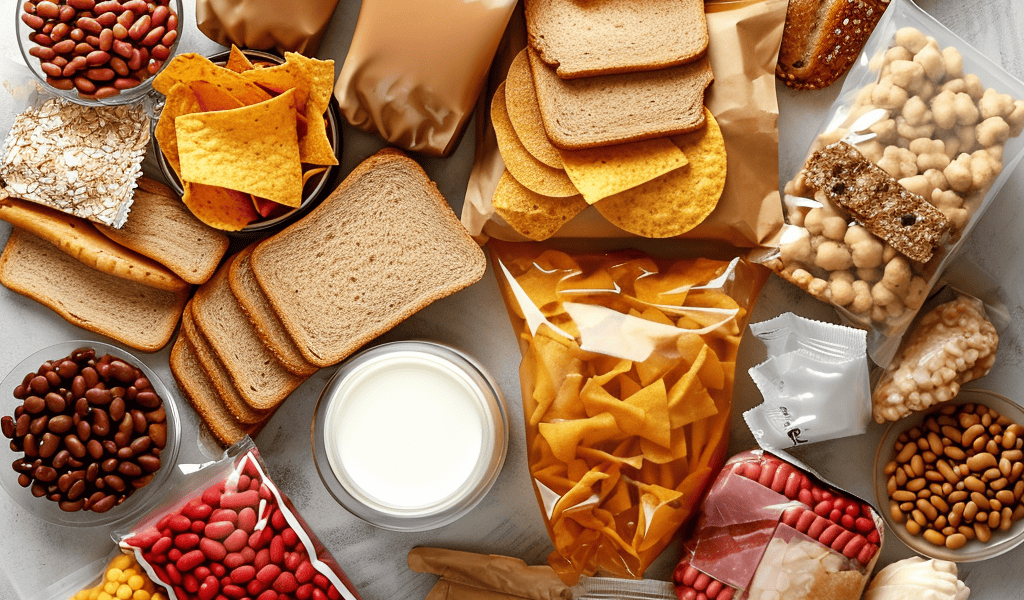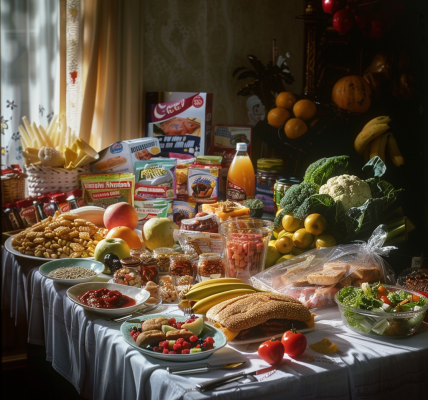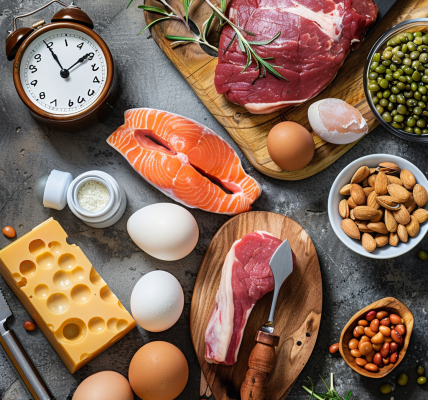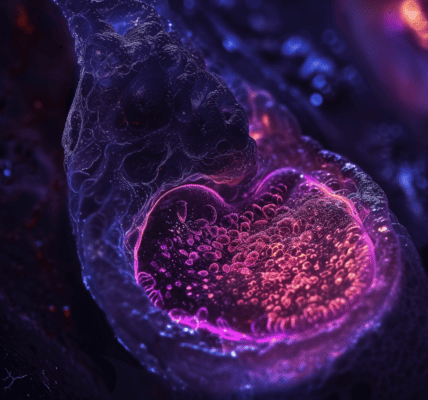As a nutritionist, I’ve always prided myself on eating a balanced diet. But when health warnings about ultra-processed foods (UPFs) started to reach the mainstream, I was shocked to learn even I was unwittingly consuming more UPFs than I thought – many under the guise of being ‘healthy’.
I started to scrutinize the labels in my shopping basket and I was horrified. The chocolate protein shake I sipped as I left the gym, the ‘natural’ cereal bars I relied on to get me through the day, not to mention my guilty pleasure – super-tangy tortilla chips – all contained far more ultra-processed ingredients than was good for me.
The problem is that UPFs are everywhere. It’s not just the junk food hot dogs, pizzas and burgers – UPF tentacles have spread into seemingly healthy staples, too.
Studies show most Brits eat a diet made up of 50 per cent UPFs, and for some children, processed foods form 80 per cent of their diet. It’s truly shocking.
Some UPFs are obvious – food or drink that comes in packaging with a long list of ingredients including preservatives, emulsifiers, sweeteners, artificial colors, and flavors. It is likely to be cheap, to have a conveniently long shelf life, and to most palates, it will taste absolutely delicious.
But increasingly many UPFs are cunningly disguised. Your tin of ‘low sugar, low salt’ baked beans? They’re still ultra-processed.
Sugar-free fizzy drinks, even ‘naturally’ flavored sparkling water? All ultra-processed. Your ‘healthy’ carton of oat milk? More than likely ultra-processed – as is plant-based fake chicken, bacon or sausage, low-fat yogurts, and most cereals.
Even sliced bread (whether it’s white, seeded, wholegrain or high-fiber) is classified as a UPF because of the additives thrown in to give it a longer shelf life.





